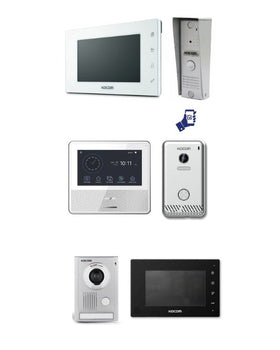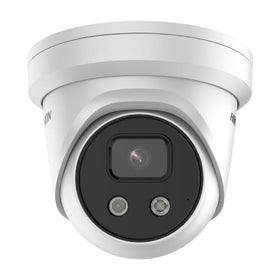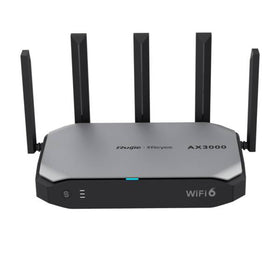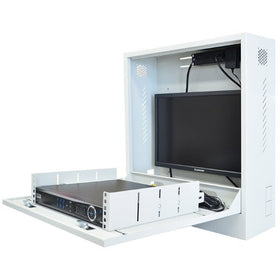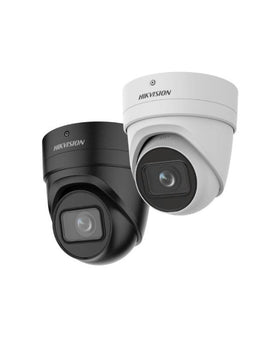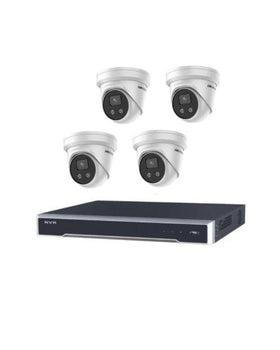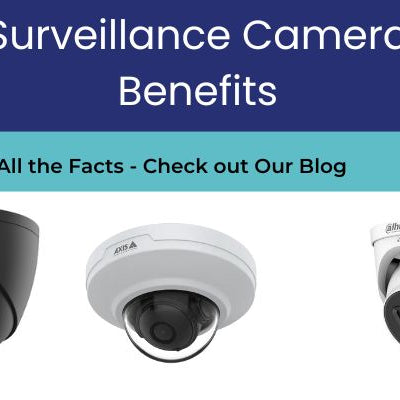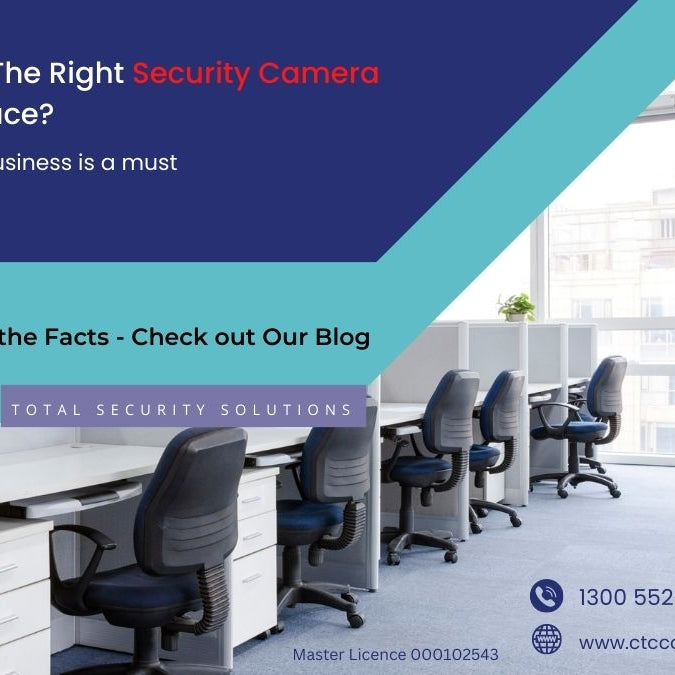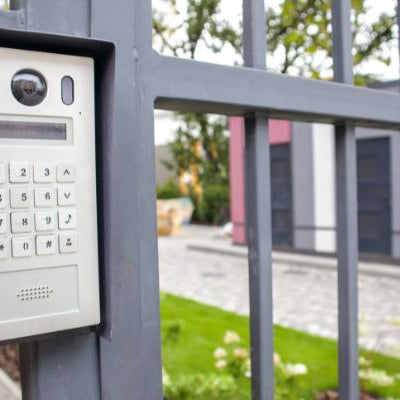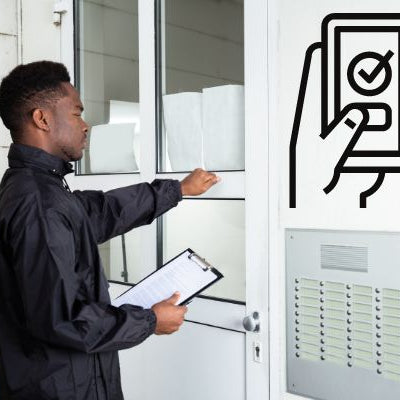
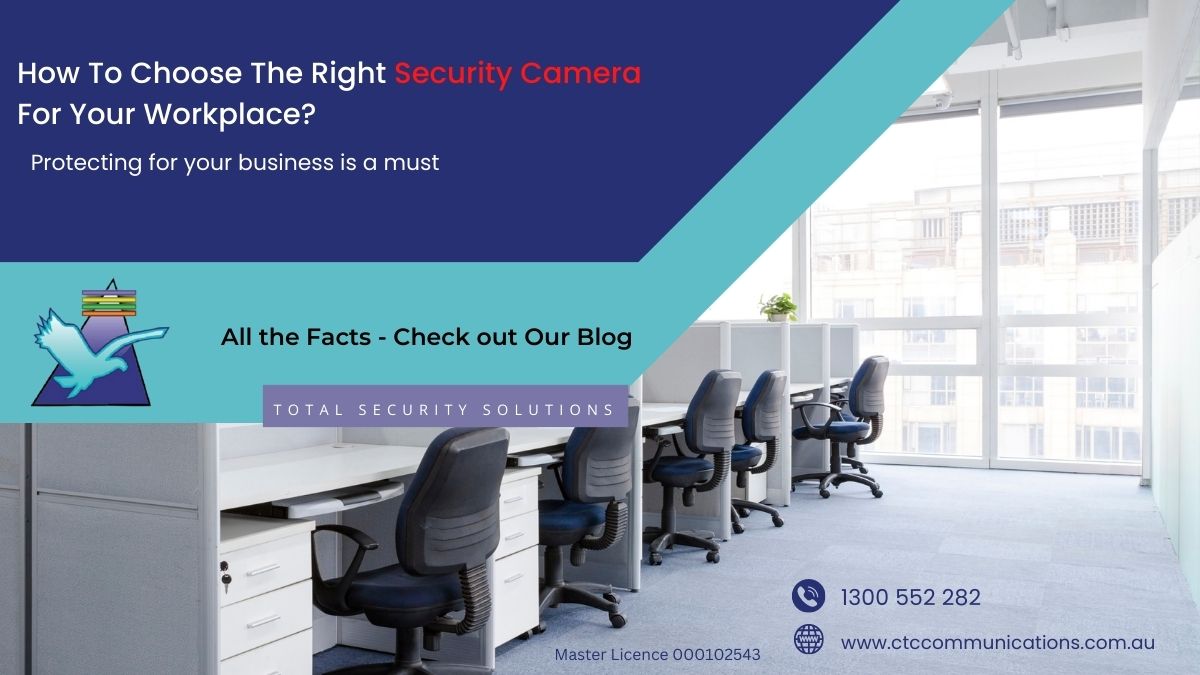
How to choose the right security camera for your workplace
Protecting your business is a must and for that, you need to have the right security camera system installed at your workplace.
In today's rapidly evolving world, ensuring the safety and security of your workplace is of paramount importance. One of the most effective ways to achieve this is by installing security cameras. However, with a plethora of options available, choosing the right security camera for your workplace can be a daunting task. Here are some essential factors to consider when making this crucial decision.
- Determine Your Security Needs
Before diving into the world of security cameras, it's essential to identify your workplace's specific security requirements. Are you looking to monitor indoor or outdoor areas? Do you need day and night surveillance? Are you primarily concerned with preventing theft, monitoring employee activity, or both? Answering these questions will help you narrow down the type of camera you need.
- Consider Camera Types
There are several types of security cameras available, each with its unique features and applications:
a. Dome Cameras: These cameras are typically installed on ceilings and offer a wide viewing angle. They are suitable for monitoring large areas and are difficult to tamper with due to their design.
b. Bullet Cameras: Bullet cameras are usually mounted on walls and have a more focused view. They are great for outdoor monitoring and can deter potential intruders due to their visible presence.
c. PTZ Cameras: Pan-Tilt-Zoom cameras allow you to remotely control the camera's movement, panning, tilting, and zooming in on specific areas. These are useful for monitoring large spaces.
d. IP Cameras: Internet Protocol cameras connect to your network, enabling remote access and high-quality video streaming. They are ideal for businesses that require remote monitoring.
e. Wireless Cameras: These cameras eliminate the need for extensive wiring, making installation easier. They are suitable for both indoor and outdoor use.
- Resolution and Image Quality
The resolution of a security camera determines the clarity of the footage. Higher resolution cameras provide sharper images, which can be crucial for identifying individuals or details. Opt for at least 1080p, 2 Megapixel resolution for clear images, but if budget allows, consider higher resolutions like 4K.
- Low-Light Performance
Workplaces often need surveillance around the clock, so choose cameras with good low-light capabilities. Look for cameras with features like infrared (IR) LEDs or night vision to ensure clear monitoring in low-light conditions.
- Storage Options
Consider how you want to store the recorded footage. Some cameras offer onboard storage, SD card backup, while others may require a separate network video recorder (NVR) or cloud-based storage. Cloud storage provides the advantage of remote access to footage and protection against theft or damage to the camera itself.
- Remote Access and Mobile Integration
In today's connected world, the ability to monitor your workplace remotely through mobile devices or computers is invaluable. Choose cameras that offer user-friendly apps or software for easy access and control.
- Scalability
As your business grows, your security needs might change. Choose a camera system that is scalable, allowing you to add more cameras as required without significant complications.
- Budget Considerations
While it's important not to compromise on quality, setting a budget can help you narrow down your options. Consider the long-term benefits of investing in a reliable security camera system that meets your needs.
Selecting the right security camera for your workplace involves careful consideration of your specific requirements, camera types, image quality, low-light performance, storage options, remote access, scalability, and budget. By evaluating each of these factors and understanding how they align with your security needs, you can make an informed decision that will contribute to a safer and more secure workplace for everyone.

